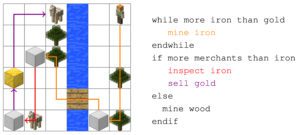Rather than just slowing down a charged particle moving through a plasma, friction can also push from the side in a strong magnetic field.
The post Strong magnetic fields change how friction works in plasma appeared first on Michigan Engineering News.

 Michigan Engineering | University of Michigan
Michigan Engineering | University of Michigan 